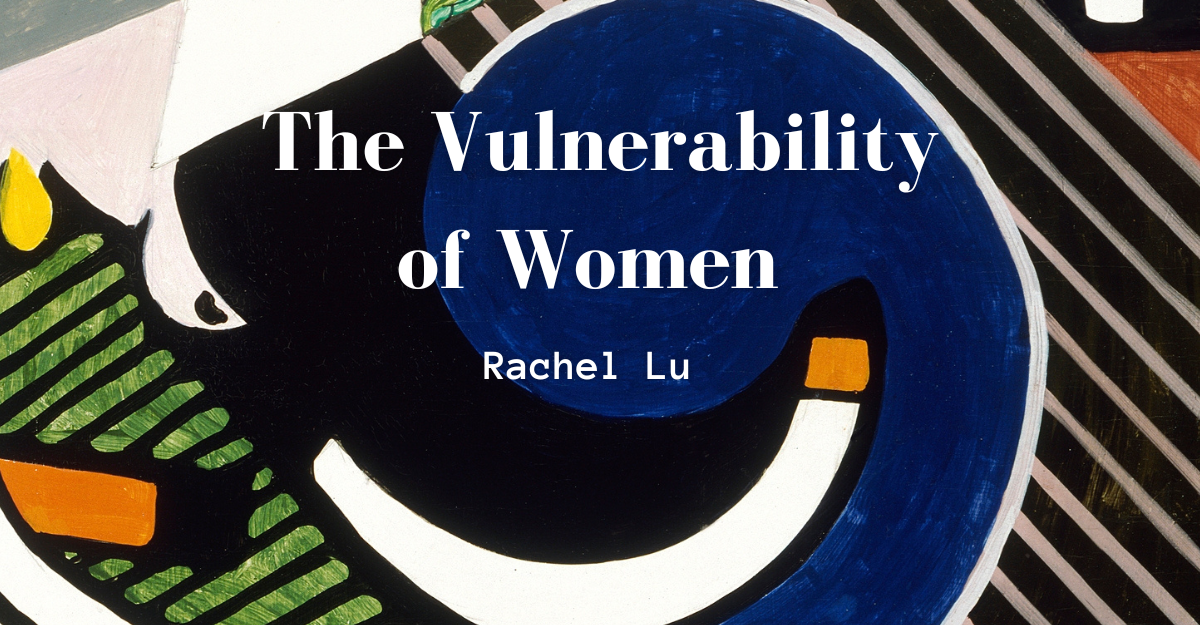Many things in Mary Harrington’s book are worth engaging, but I was especially impressed by the analysis of what she describes as “Industrial Era” marriage. Basically, she thinks that both traditionalists and mainstream liberals are, in different ways, attached to a maladaptive marital ideal, which was developed for a very different cultural circumstance. Harrington has some very important insights here, but there’s a major obstacle to addressing this problem that she doesn’t clearly acknowledge.
Here’s the core idea. Pre-industrial marriages revolved around household economy, and a sharing of domestic and economic labor that fostered cooperation and interdependence. As societies moved into the industrial era, Harrington suggests, that arrangement was interrupted, and a new ideal evolved with a stricter division of roles. Men headed off to work and brought home the bacon. Women managed the household. There was an implicit exchange in this arrangement that provided some level of social stability, but because women had little earning power, and were mostly relegated to the “shadow labor” of the private household, they were more vulnerable than in the previous age. Thus, industrial-era marriage developed a cultural strategy to help compensate. The marital package was wrapped in a satin ribbon, as it were. Young people were permitted, and indeed encouraged, to delight in what Harrington calls “Big Romance”: they reveled in boy-meets-girl stories, and aspired to warm, intimate marriages in which spouses offered friendship and emotional support. This ideal appealed especially to women, since it protected them against loneliness and exploitation. Of course, the model was never universal. Women have worked across all eras of history. But even among working women, full-time domesticity was, for a time, held up as the ideal.
Industrial-era marriage is not working any more. Information-age women are no longer content to exist as an economically dependent, domestic class. We want to be full-fledged citizens, as women typically have not been historically. Technological developments have further complicated the picture by making it easier for people to enjoy sex and romance without signing up for parenthood. In some ways, this has created a dystopian nightmare of loneliness, promiscuity, and abortion, but it has also enabled women to demonstrate how much they can do on their own. They can bring home their own bacon now. With so many central supports now missing, the industrial era breadwinner-and-homemaker model of marriage was bound to crumble. Women no longer need men to feed and clothe them, and men do not need to marry women in order to have sex. The old exchange no longer makes sense.
But Cinderella stories die hard. Young people of all persuasions are still hungry for the emotional thrill of Big Romance. Social conservatives still crave the clearly defined gender roles of yesteryear. We still have expectations for marriage derived from the older model, but we feel little motivation to make and keep the requisite commitments. The result is a muddy mess, as Harrington shows in her book.
Harrington wants us to revive some aspects of pre-industrial marriage. She’d like people to view marriage less as a love story, and more as a committed partnership, with domestic and economic elements. She discusses examples in which couples work together from home, distributing domestic and remunerative labor in mutually convenient ways. It basically sounds like a revitalization of the old household economy, with an information-age twist. That sounds pretty good, for some people at least, but it won’t work well for all jobs. To be fair: I don’t really expect Harrington to lay out a fully developed, perfect-for-everyone marital plan, and she’s moving in the right direction. But I still think there’s a challenge here that she hasn’t addressed head-on.
Women are still the more vulnerable sex. It’s not because we’re deficient as human beings. We are disadvantaged, not by the things we cannot do, but rather by what we can. We can get pregnant and bear a child. This is a remarkable thing, and in many ways a great privilege, but it’s also tremendously burdensome. It’s the sort of undertaking that tends to foreclose other life options. But because the involved responsibilities are effectively assigned by nature, women can’t easily demand compensation. The people who benefit most from maternal labors aren’t exactly in a good position to pay for what they need. This is the primary reason why women need sex-specific protections, whether cultural, social, or legal. Without such protections, women are vulnerable to exploitation and objectification.
In the pre-industrial world, women were somewhat protected by the fact that they were needed, not just as caretakers but also as cooks, gardeners, seamstresses, and so on. Big Romance helped compensate for industrial-era vulnerabilities. How do we handle this problem in the post-industrial world? It might seem like a strange question in a time where women have been gaining ground in all sorts of measurable ways. Those gains, however, are to a great extent predicated on technological “solutions” to the burdens of fertility, which Harrington and I both find deeply objectionable. We must grapple with the reality of female vulnerability if we are ever going to persuade modern women to give up on “reproductive rights.”
Remote work opens some new possibilities, and many employers have been finding new and better ways to help women “lean out” while retaining some ability to lean back in after the childbearing years. But we’re going to need to keep working on this problem if we hope to sell a “feminism against progress” that has widespread appeal.



